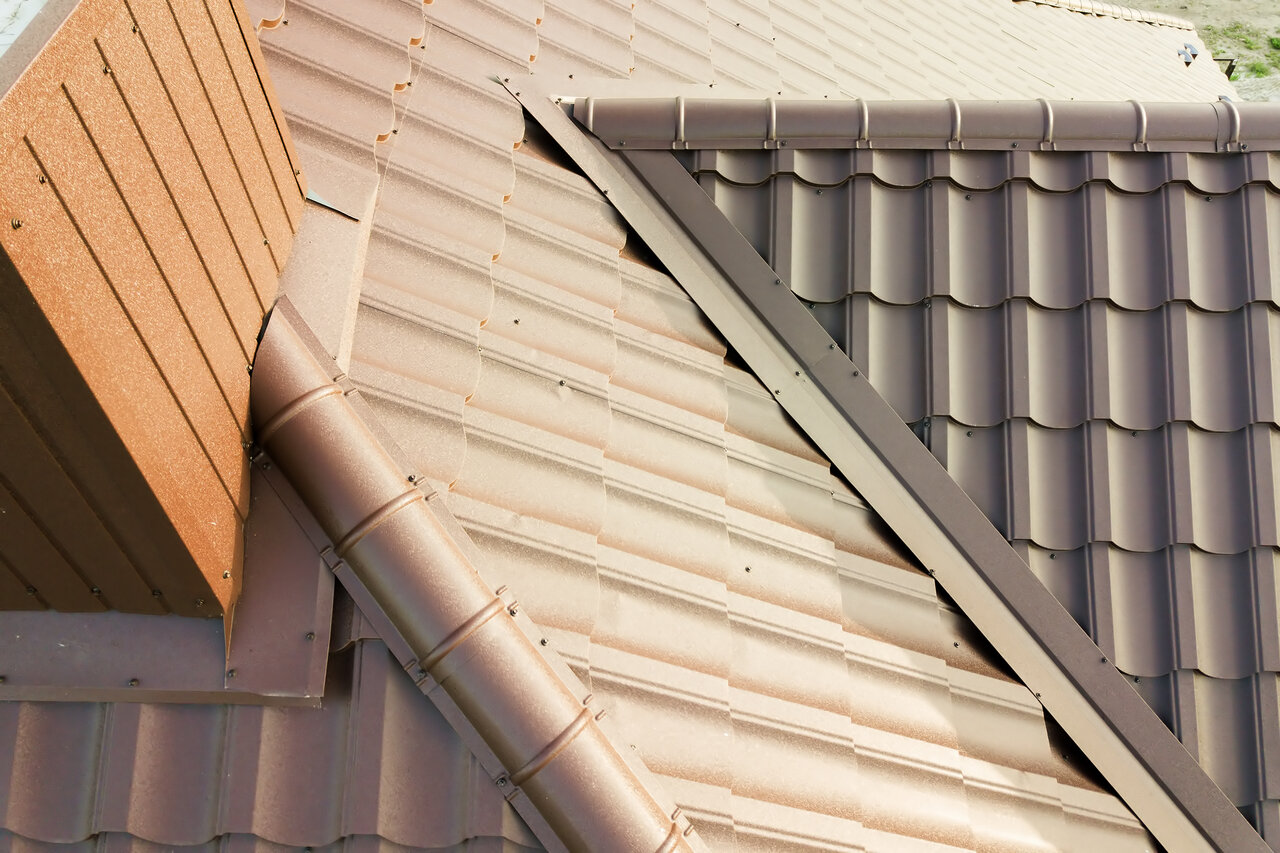You might not have heard about it, but roof flashing plays a pivotal role in keeping your house dry and cozy. It’s like the secret service of roofing—always there, ever-vigilant, but rarely noticed. This thin piece of material, often made from galvanized steel, copper, or aluminum, is strategically installed to direct water away from critical areas of the roof.
Without it, your roof could turn into a leaky nightmare, causing damage to your home and potentially costing you a small fortune in repairs. Despite being such a critical part of the roofing system, roof flashing is often overlooked and undervalued—a true unsung hero. So, let’s give this humble yet vital component its due credit, shall we?
The Crucial Role of Roof Flashing in Maintaining a Dry Home
1. The Essential Roles of Roof Flashing
Roof flashing serves multiple critical functions that contribute to the overall integrity and performance of your roofing system:
- Leak Prevention: Primarily, flashing diverts water away from roof intersections, penetrations, and other areas prone to water infiltration, minimizing the risk of leaks and subsequent structural damage.
- Enhanced Durability: By directing water away from vulnerable areas, flashing helps prolong the lifespan of your roofing materials, including shingles and underlayment, by reducing moisture exposure.
- Improved Structural Integrity: Proper flashing installation contributes to the overall structural integrity of your roofing system, ensuring its ability to withstand harsh weather and safeguard your home from external threats.
2. Common Types of Roof Flashing Materials
Roof flashing can be crafted from various materials, each with its own unique advantages and disadvantages. Some common flashing materials include:
- Aluminum: Lightweight, versatile, and affordable, aluminum flashing is a popular choice due to its resistance to rust and corrosion. However, it is susceptible to bending and may not be ideal for locations with frequent temperature fluctuations.
- Galvanized Steel: As a more robust option, galvanized steel flashing resists rust and provides improved strength compared to aluminum. However, it may be more challenging to install and cut, making proper installation critical.
- Copper: Copper flashing is known for its longevity, durability, and attractive appearance, making it a desirable option for homeowners with an eye for aesthetics. While this material is initially more expensive, it can offer superior protection and lifespan, yielding cost savings in the long run.
- Lead: Lead flashing is exceptionally durable and flexible, allowing for easy installation and customization. However, due to its weight and potential environmental concerns, it is less commonly used in residential roofing applications.
3. Flashing Installation Best Practices
For roof flashing to perform its intended function, proper installation is a non-negotiable requirement:
- Correct Placement: Flashing should be installed at all roof penetrations, intersections, and vulnerable spots, such as chimneys, vents, valleys, and skylights.
- Water-Resistant Layering: In addition to proper placement, effective flashing installation requires the appropriate layering of materials, ensuring that water flows over and away from vulnerable openings, rather than penetrating beneath the roofing components.
- Seams and Edges Sealing: To minimize the risk of water infiltration, caulking or sealing should be applied to joints, seams, and edges, creating a watertight seal around the flashing’s perimeter.
4. Regular Maintenance and Inspection
To ensure optimal roof flashing performance and maintain your roofing system’s integrity, regular inspection and maintenance are crucial:
- Inspection Frequency: At least twice a year, perform a thorough inspection of your roof’s flashing to identify any signs of damage, wear, or improper installation. Additionally, it’s crucial to inspect after extreme weather events, such as heavy snowfall or strong winds.
- Maintenance and Repairs: Address any revealed issues promptly, whether that means adjusting improperly installed flashing, replacing damaged materials, or applying additional sealant to compromised areas. Regular maintenance will help prolong the life of your flashing and, in turn, your entire roofing system.
Understanding the Important Role of Roof Flashing in Preventing Leaks
In essence, the value of roof flashing lies in its preventive function. Like the unsung heroes in our lives who selflessly contribute behind the scenes, roof flashing silently carries out its task, demanding nothing in return but a bit of regular check-up and maintenance. Its subtle yet vital role in preserving the integrity of our homes reminds us to pay attention to the less noticeable aspects of home maintenance.
Ready to maximize your home’s roof protection with expert guidance on flashing installation and maintenance? Reach out to the experienced team of local roofing contractors at S.A.M. Shingles & More to ensure your roofing system is well-equipped and properly cared for, providing lasting leak-free defense against the elements.


